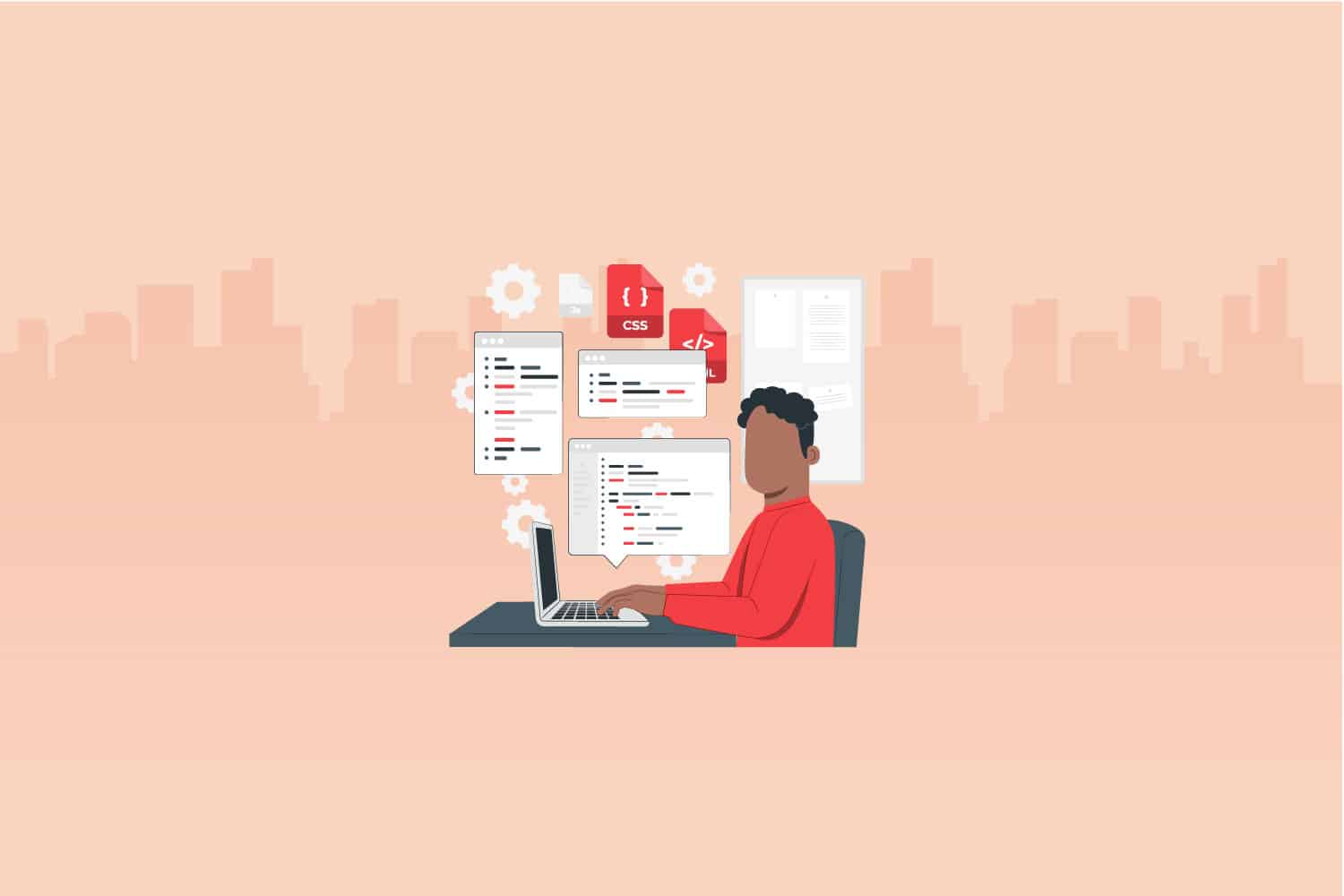You need to know how your team will grow over time, whether you work for a small startup or a large company with thousands of people.
To simplify your hiring procedures and ensure that you have access to the talent the company requires whenever needed, every recruiter should have an effective hiring plan in place.
A proactive hiring plan is essential for both filling job openings and avoiding costly hiring errors.
What is a hiring plan?
A hiring plan is a proactive strategy for matching your organization’s beliefs and objectives with your human resources procedures to find the ideal match while you look for new employees. It serves as a deadline for businesses to discover eligible candidates without generating downtime for the business. The objectives for a given post are specified in the recruitment plan.
It’s a strategic plan that allows hiring managers to stay relevant to their existing employee positions and the performance metrics they intend to achieve now—and in the future.
Why do you need a hiring plan?
Having a strategy is always preferable, and recruiting is no exception! After all, you wouldn’t cut corners while planning your marketing, so why would you do it with recruitment when it’s equally crucial to your company?
With the help of a recruiting plan, you may approach hiring in the future with a strategic mindset, ultimately saving money and time while attracting better individuals to work for your company.
Some other benefits of having an effective recruitment plan include:
1. Increase profitability and performance
Faster, more efficient hiring can have a significant impact on the performance of your company.
Your firm will be more proactive and agile, ready to take advantage of short-term opportunities and reap the benefits if you have faith in your capacity to recruit and onboard high-quality people on time.
2. Reduce attrition and improve productivity
Importantly, a more effective hiring procedure can give your human resources team more time to onboard new employees and develop existing teams. The correct onboarding procedure can significantly improve engagement, boost productivity, and lower staff attrition.
Your HR team can be empowered by effective, streamlined hiring procedures, including the capability to outsource when necessary to assist new hires in getting up to speed and delivering outcomes more quickly.
3. Save time & money
Finding individuals that are compatible with your needs and culture helps you synchronize your goals, develop new goals, and define the future course of your organization. It aids in creating your success road map.
Additionally, it speeds up the hiring process. Many companies take several days or months to hire a new employee, which is frequently because recruitment goals weren’t established early on.
As an alternative, a successful recruitment strategy cuts down on the time and expense of hiring. And expenses are a major factor in how well any business runs. Poor hiring procedures can result in various problems, such as failing to evaluate candidates in light of the bigger corporate objectives or failing to determine the competency of candidates.
Can we interrupt you for a moment?
—————————————————————————————————————-
Testlify is a plug-and-play skill assessment platform with a large test library of technical, cognitive, and soft-skill assessments that can help you hire the best software developers.
[Try it for Free]
—————————————————————————————————————
Tips to develop an effective hiring plan in 2022
The majority of qualified recruiters and human resources specialists have a successful hiring strategy in place. Some of the plan’s steps will take longer than others or require repeated review. If a skilled hiring team or recruiters played a significant role in their creation, you might notice that some tasks get simpler with each repetition as time goes on.
Some tips for developing a recruitment plan that levels up your hiring are:
1. Revise your job descriptions
Even if a particular position has been with your firm from the beginning, the job description should be updated as often as necessary to appropriately reflect the responsibilities, difficulties, and needs to perform it well. Get feedback from the individuals performing the work and their immediate managers so that you know how the work would seem on paper.
It would be wise to write job descriptions for every position in your company immediately, especially before you need to hire a new person.
2. Conduct a skills gap analysis
A skills gap study is essential to ensuring that your present personnel can meet your current business’s expectations. Analyzing skills gaps is a technical way of posing the question, “Can our personnel perform their jobs?” and includes some tips on spotting areas that could use improvement.
Start by considering the skill requirements that will exist in six months, a year, or even five years. Does your personnel possess the necessary skills to meet them? If not, there might be a training problem. But more often than not, it will highlight the need for you to augment the present workforce with some new hires who already possess the necessary abilities and are ready to meet future demands.
Prioritize the most urgent need before hiring employees for sectors that won’t require it for at least a year.
3. Define your core values
What kind of workers are you hoping to recruit? You can define the qualities that you and your firm value in a worker by examining common characteristics among previous hiring successes. Perhaps you place a premium on originality and inventiveness or favor a hard worker who can get things done. It might be a combination.
In any event, it’s crucial to be aware of the qualities you value in a person to speed up the hiring process and ensure the individual you select is a suitable fit for the workplace culture.
4. Visualize your hiring activity
There is another more visually appealing method to determine where you will need to hire in addition to the skills gap study. To determine whether expanding goals are even feasible, use your bigger existing sales, productivity, or revenue goals and dig down to an employee level. If they are not, this should indicate to you the necessity of expanding your workforce.
For instance, productivity indicators might show you how many additional personnel is required to meet your targets on time. Don’t pass up the chance to get advice from your recruiters, recruiting teams, and human resources department. They might be able to assist you in developing a matrix or spreadsheet to record your hiring objectives in a way that both managers and hiring teams can understand.
5. Use the right recruitment tools
Your hiring process may be made more efficient by using recruitment tools that help you write the job description and publish it on LinkedIn and job boards to onboard your new hire. You can also streamline your recruitment process and weed out candidates who do not possess the right technical or domain knowledge using various pre-employment assessments offered by Testlify.
Want to know more about the various skill tests and how they can enhance your hiring process? Click here.
6. Update your hiring process
You want to lower your employee turnover rate. And the best way to achieve this is to ensure that your hiring procedure is optimized to identify and select the best candidates early on.
Think back on your previous experiences and note what may be done better. Was the exchange of information effective? A fair chance was given to each contender, right? Do you have any suggestions for streamlining it? Was the procedure biassed unintentionally in any way?
Each problem has a lot of solutions, and the choice depends on you and your company. For instance, if you found a problem with hiring prejudice, you might want to establish blind hiring. As an alternative, creating a strategy or automating some processes could help with communication challenges.
Speak with your staff to get feedback on the hiring procedure and what may be done to improve it. These discussions should also be a part of exit interviews because you will get a lot of insightful input from workers who may not have enjoyed working for your company.
Final thoughts
You can find it difficult to fill unexpected job gaps without a strategic hiring plan. With a good hiring plan, you’ll find that you have less anxiety surrounding the hiring process.
By creating a clear hiring plan, you may be able to prevent various issues related to hiring and improve the efficiency of your business.
You can avoid choosing a poor candidate simply because a position became available unexpectedly. Additionally, with a hiring plan, you’ll already be aware of any upcoming new positions so that you have ample time to start the process.
HR tech tools like Testlify can help you reduce your assessment problems. You’ll make the hiring process is easier, quicker, and more successful with Testlify. Make recruiting decisions faster and without bias. Get started for free right now.








